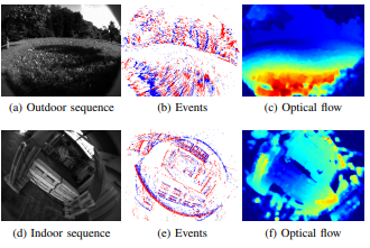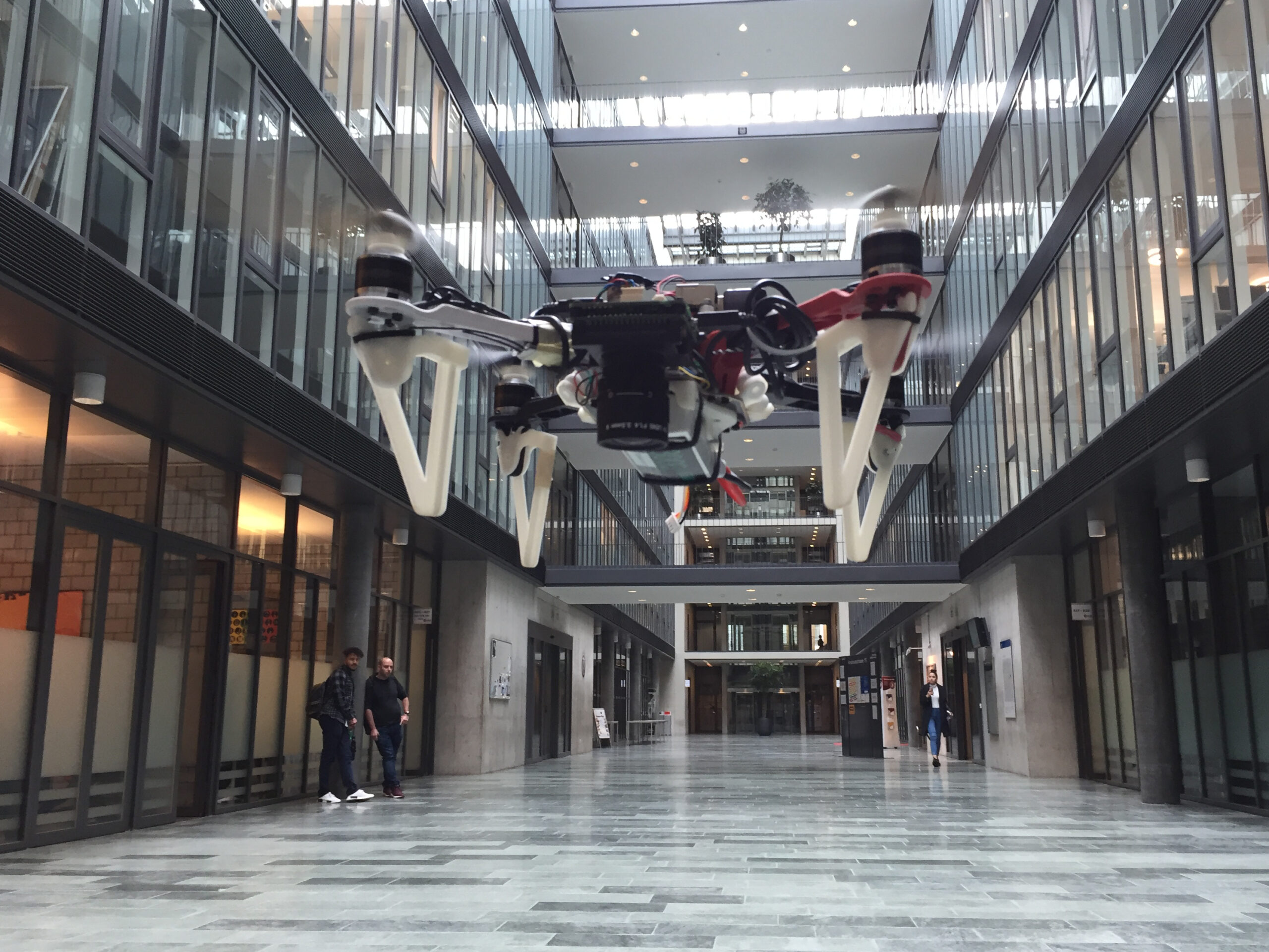Autonomous Drone Racing
Researchers Involved
research areas
timeframe
2015 - 2020
contact
sdavide@ifi.uzh.chBackground (I)
Drones can be deployed for various tasks such as search and rescue missions. However, inside buildings GPS-signals can be weak or there is no reception at all. This is a limitation for piloted drones and can make them unfit for certain purposes. The Autonomous Drone Racing project develops an artificial intelligence (AI) based software which allows drones to navigate autonomously through racetracks without needing a GPS signal. Through Artificial Intelligence algorithms and visual perception techniques, the lab’s drones already manage to navigate through dynamic racetracks. However, speed is a strong limitation. Internationally, the UZH Perception and Robotics Group is at the forefront of autonomous drone racing and has achieved 2nd place – out of 400 applications – for the AlphaPilot Innovation Challenge in the US.
Background (II)
For situations inside buildings without GPS reception, the lab’s quadrocopter is equipped with a special camera system that remembers certain points and allows the drone to orientate itself along these tracked points. So-called convolutional neural networks are deep-learning algorithms that perceive an image, assign importance to various aspects of the image and can differentiate one image from another. Through state-of the art trajectory (flight path) generation and tracking, the drones then achieve autonomy in flying and navigating without the need for a GPS signal. Such vision-based drones can fly through a dynamic race-track with moving gates without requiring a map of the specific environment but running entirely relying on themselves.

Challenges
Challenge 1: Speed
The data processing and search for an ideal flight path is currently still very slow. Even though, the autonomous drones can navigate through a dynamic racetrack, speed is limited to roughly 30km/h. Conversely, a drone piloted by a human can reach up to 150km/h. It is expected that as technologies improve, the speed of the drones will increase. The end goal of the project is to develop drones that navigate as fast or faster than human piloted drones through dynamic race tracks.
Challenge 2: 6 Degrees of Freedom
Drones are rigid bodies that operate in a three-dimensional space and have 6 degrees of freedom, meaning they can surge, heave, sway, pitch, yaw and roll. This flexibility poses a great challenge for the development of autonomous drones as compared to cars which only have 3 degrees of freedom. Current image-processing techniques are not powerful enough to find an optimal flight path faster than a human pilot, however, as these techniques evolve, the processing time of a computer will decrease. The human eye will stay at a constant processing time of 13 milliseconds of latency.
Challenge 3: Lack of Benchmark Data
At this point, there is a limited amount of data to set benchmarks for drones. Large-scale and high-quality benchmarks are crucial to advance research and development of autonomous drones. In the realms of the Autonomous Drone Racing project, a large dataset of over 10km drone flight by a professional drone pilot has been collected which is “research-ready” and aims at finding above-mentioned benchmarks in order to push autonomous drone-racing based on Artificial Intelligence algorithms forward.
Vision
The development of autonomous drones that – at some point – fly as good or even better than human pilots.
- Design and implement Artificial Intelligence algorithms to teach drones.
- Flight time is a limitation, but with enhanced technology, the AI drones should be faster at finding an ideal flight path.
- Autonomously help in search and rescue situations without requiring a specific map/GPS signal.
Project Goals
The goal is to develop an autonomous drone that is taught by AI algorithms and achieves an as good or even better time and speed performance in tricky situations than human pilots do.



